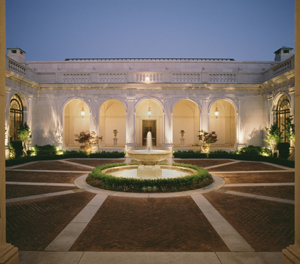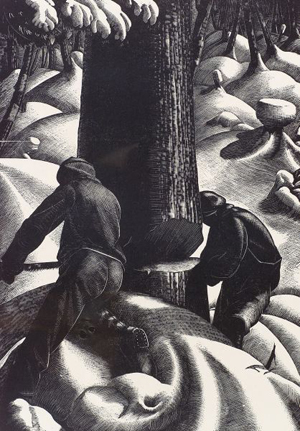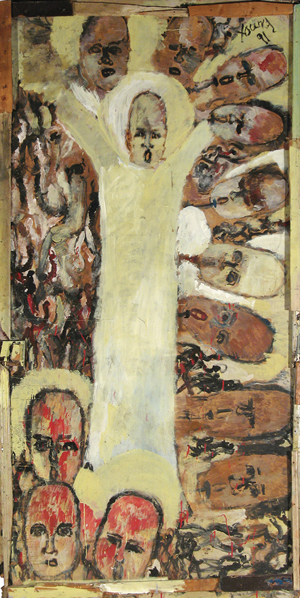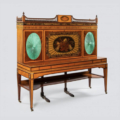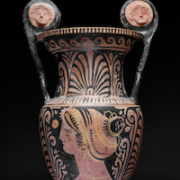Ring of reverence: a history of the halo in art
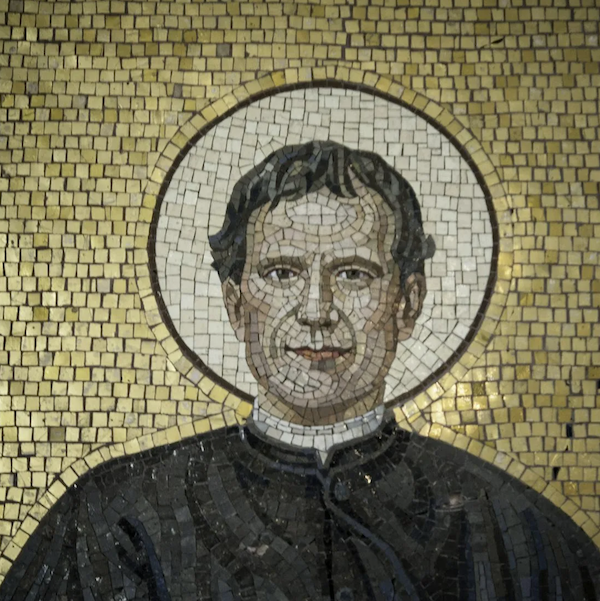
Detail of a 19th-century Continental macro-mosaic of a prominently haloed St. John Bosco, which realized $1,600 plus the buyer’s premium in April 2021. Image courtesy of Akiba Antiques and LiveAuctioneers
NEW YORK – “And God said, let there be light and then there was light,” according to the Book of Genesis in the Old Testament of the Bible. Many would insist that God didn’t create light so much as he is light. Before literacy was widespread, the ideas of light representing good and darkness symbolizing evil had to be communicated to the faithful visually, through works of art. By the Middle Ages, artists had adopted the convention of painting a halo of light around the head of a deity or a saint to mark who should be respected and revered.
Many religious festivals and events held during what we now call the holiday season feature light as a key element. Christians observe and celebrate Christmas, which retells the birth of baby Jesus on December 25 in a manger. Artworks of the famed scene invariably show the child’s head ringed by a halo. But why symbolize light and goodness as a halo, and where did the halo originate?
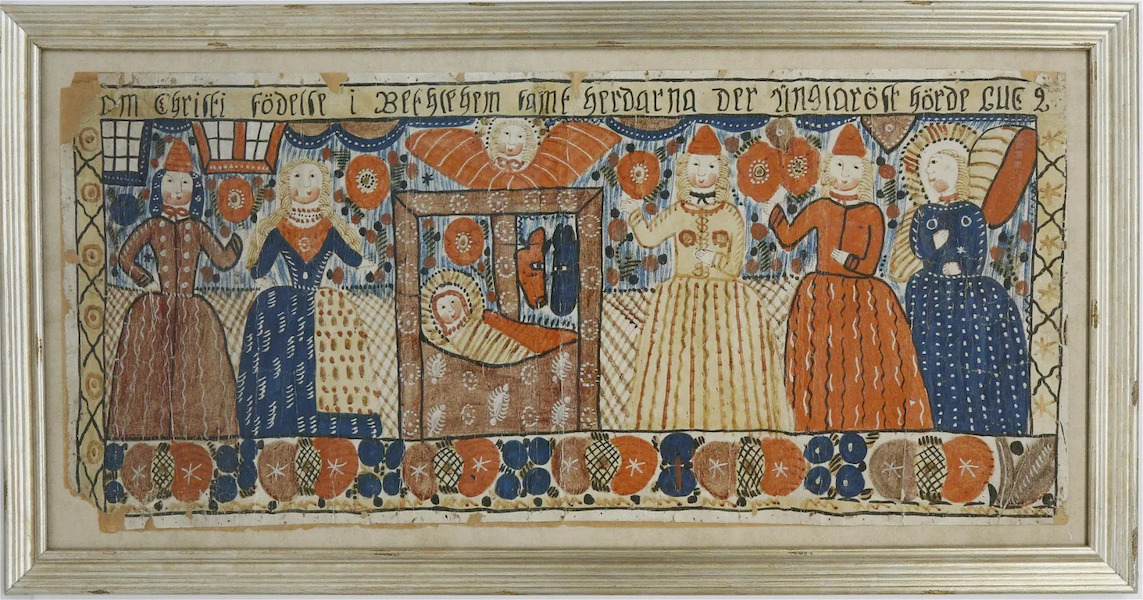
A circa-1820 Swedish folk art depiction of the nativity with a haloed Christ child sold for $2,750 in April 2021. Image courtesy of Rafael Osona Auctions and LiveAuctioneers
The word “halo” comes from the Greek language and describes the disk of light (halos) sometimes seen around the sun and the moon. Its first appearance can be traced back to images of the Egyptian sun god Ra and later Greek gods and heroes, except the Greek figures’ halos were depicted more as rays or auras above the head rather than circles. Early Buddhism, too, shows auras around the entire body as well as a circular halo around the head of the Buddha.
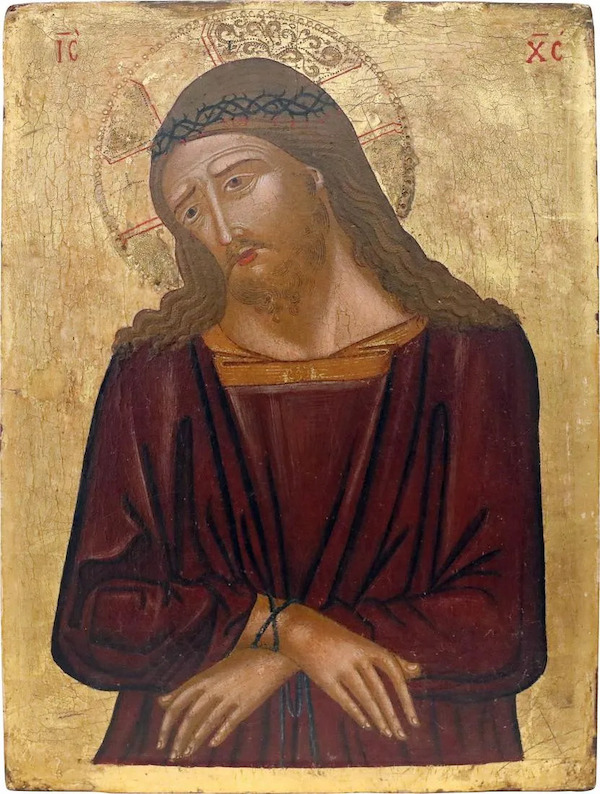
This Greek icon of Jesus Christ portrays him with a halo of gold and three rays to show his place in the trinity. It earned €30,000 (about $32,000) plus the buyer’s premium in April 2021. Image courtesy of Hargesheimer Kunstauktionen Duesseldorf and LiveAuctioneers
A visual detail that modern viewers would recognize as a halo first shows up around 300 B.C. in artworks from what is now Iran that portray Mithra, the Zoroastrian deity of light. The halo has assumed many and varied forms across time, including flaming halos on figures in Islamic, Ottoman, Mughal and Persian iconography.
The circular halo (also known as a glory, nimbus or gloriole) spread to other cultures, but once Christianity became the fastest-growing religion in the Roman era of Constantine in the early 300s A.D., circular halos became firmly associated with it above other faiths.
The gold halos on selected individuals in this circa-1600 wooden panel icon of the Virgin Mary ascending to heaven identify venerable figures for the pre-literate faithful. It achieved $42,500 plus the buyer’s premium in November 2021. Image courtesy of Thomaston Place Auction Galleries and LiveAuctioneers
Christian religious artworks present at least eight different types of halos: the full rounded halo, square halos, triangular halos, polygonal halos, crossed halos, radiating halos, full-body halos and just a thin, plain band. Each has its own special meaning. Medieval art often bestows the full rounded halo on saints, angels, prophets and the Virgin Mary, although an image of the mother of God might also include stars or even flames. Halos containing crosses are exclusive to Jesus and usually appear in red within the halo itself to signify his place in the Holy Trinity. An aureole, or glory, encompasses the entire body and is usually painted in gold around Mary or Jesus.
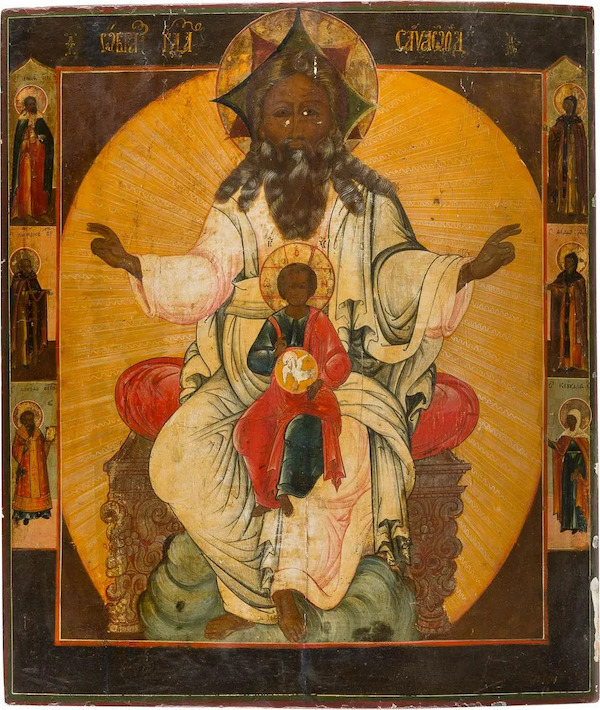
This 18th-century icon depicts God with a triangular halo and Jesus in his lap with a round halo, as well as three crosses designating them as part of the holy trinity. It sold for €2,400 (about $2,500) in November 2020. Image courtesy of Hargesheimer Kunstauktionen Duesseldorf and LiveAuctioneers
The oddest-looking halos are square halos, given to those who have been canonized but have not yet been declared saints, and also given to likely future saints who were alive when the artwork was made. Halos of rays emanating from the head that lack a defined circular edge are accorded to the beatified. Triangular halos symbolize the Holy Trinity of the father, the son and the holy ghost, and sees use when God is depicted in human form. Personifications of virtues, such as faith, hope and charity, wear polygonal halos. The most extreme iteration is the black halo, which marks the disciple Judas Iscariot and the devil.
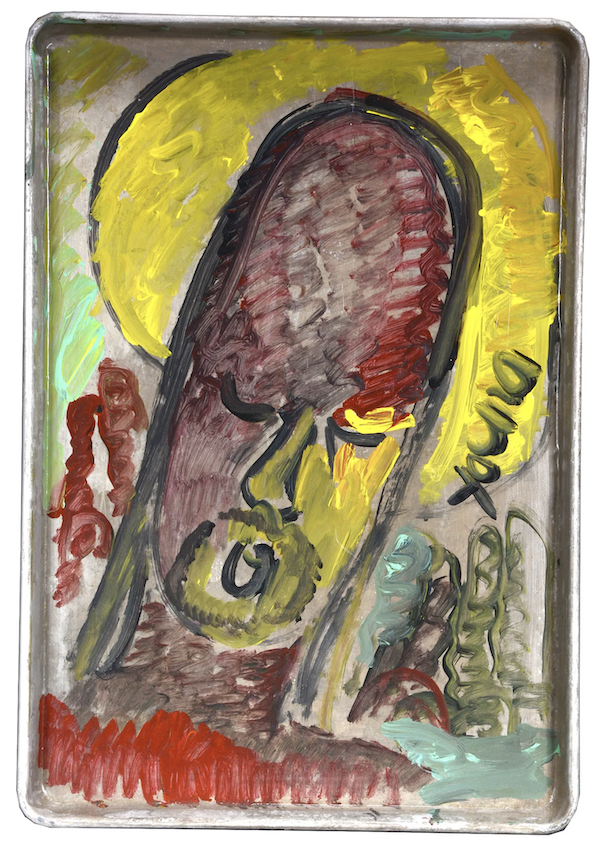
A painting on a found tray of a haloed saint, rendered and signed by the famed self-taught artist Purvis Young, earned $1,700 plus the buyer’s premium in August 2022. Image courtesy of Slotin Folk Art and LiveAuctioneers
These halos are not strictly stylistic or for Christian identification; they are visual representations of the divine light that radiates from the soul’s transcendence of the body itself. Some believe that these auras literally can be seen by those who embrace the teachings of Christianity. The Eastern view of the halo holds that it is a physical window on heaven, used to communicate directly to those who possess great powers of religious understanding.
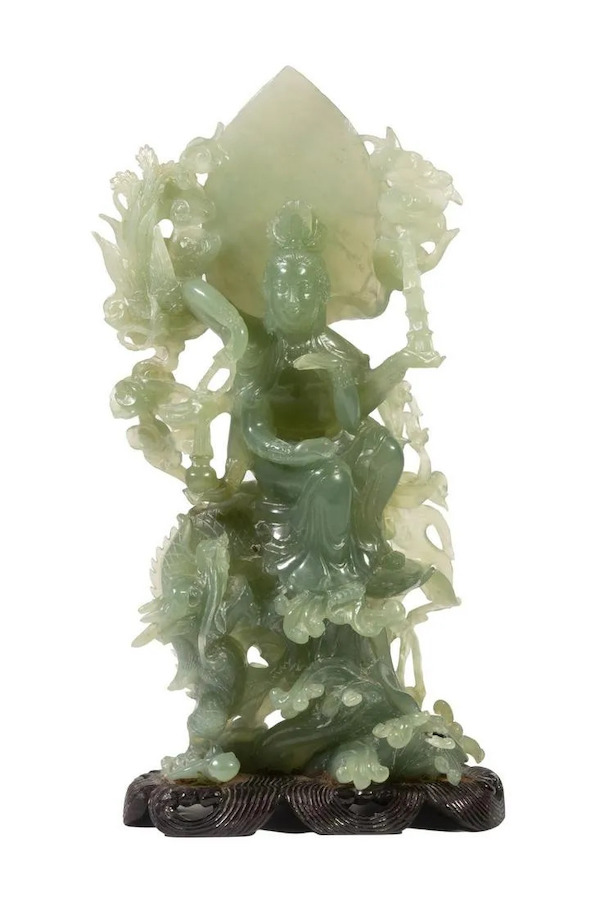
This large celadon jade figure of Vaudhara, the Buddhist bodhisattva of wealth, prosperity and abundance has a spade-shape halo. It brought $400 plus the buyer’s premium in November 2021. Image courtesy of Thomaston Place Auction Galleries and LiveAuctioneers
By the dawn of the Italian Renaissance, the halo in religious artwork started its decline. If it was used at all, it was shown as light directed at the individual from an outside source or manifested as a slender band of gold to simulate the idea of light itself. Leonardo da Vinci, in his Benois Madonna, incorporated halos with a thin, almost transparent gold band for both the Virgin Mary and the baby Jesus. They do not demand your complete attention as religious paintings by earlier artists were designed to do.
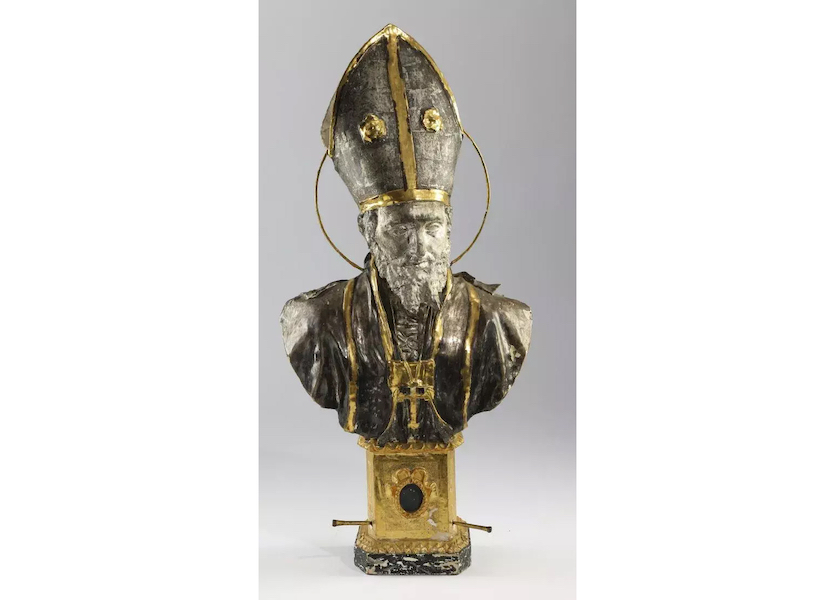
A 19th-century silver gilt papier mache bust of St. Peter, his halo represented by a slim ring, achieved $2,500 plus the buyer’s premium against an estimate of $450-$600 in February 2019. Image courtesy of Great Gatsby’s Auction Gallery, Inc. and LiveAuctioneers
Halos initially served as a teaching tool, clearly and unambiguously telling pre-literate audiences who the good guys were. Today, halos, and the style of religious art to which they belong, can seem almost quaint, but they are no less beautiful or compelling, and the shapes and styles of the halos reflect a visual code that is fun to unravel. Even the most hardened atheist can find something to enjoy when looking at artworks of haloed figures.



